By 2050, 70% of the world's population will be concentrated in urban areas. This is where the challenge of tomorrow's mobility lies: how to provide safe, fast and efficient daily travel for millions of people? Public transport, especially metro systems, will be part of the solution and Michelin has 70 years of experience in this area.
70 YEARS OF EXPERIENCE
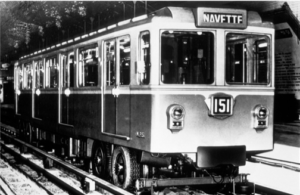 In the 1930s, the RATP (Régie Autonome des Transports Parisien) raised the question of equipping its subway trains with tires to improve transport conditions and facilitate the operation of these lines. It then naturally turned to the railcar imagined by Michelin who had just broken the record of the Paris-Deauville link in January 1931: the famous Micheline. Our collaboration with the RATP ended twenty years later, in 1951, with the circulation of the first metro on tires in the world, on an experimental line intended to test the innovations developed by the RATP: line 11 (Châtelet - Mairie des Lilas).
In the 1930s, the RATP (Régie Autonome des Transports Parisien) raised the question of equipping its subway trains with tires to improve transport conditions and facilitate the operation of these lines. It then naturally turned to the railcar imagined by Michelin who had just broken the record of the Paris-Deauville link in January 1931: the famous Micheline. Our collaboration with the RATP ended twenty years later, in 1951, with the circulation of the first metro on tires in the world, on an experimental line intended to test the innovations developed by the RATP: line 11 (Châtelet - Mairie des Lilas).
The benefits of this technical solution are quickly apparent: acceleration and braking are improved, which increases the speed on the lines offering short inter-stations. The trains run better on the slopes and are better at cornering, limiting the constraints. Tires also reduce vibrations and noise, for better comfort for travelers and residents! Vibration reduction also extends the life of the equipment, whether it is the rails or the bogies that make up the train.
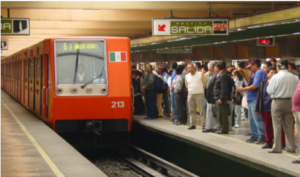 So many qualities that will make the success of the metro on tires in France, then in the world. The same technology is adopted for rail shuttles serving most airports and is well suited for automated lines, which have been booming in recent years. When a public transport operator launches a "pneumatic" line, it commits itself for several decades. He therefore needs a reliable partner. Our 70 years of experience is a real asset, which explains why Michelin equips 8 out of 10 trains in the world.
So many qualities that will make the success of the metro on tires in France, then in the world. The same technology is adopted for rail shuttles serving most airports and is well suited for automated lines, which have been booming in recent years. When a public transport operator launches a "pneumatic" line, it commits itself for several decades. He therefore needs a reliable partner. Our 70 years of experience is a real asset, which explains why Michelin equips 8 out of 10 trains in the world.
EVERY DAY MORE THAN 10 MILLION PASSENGERS TRANSPORTED THROUGHOUT THE WORLD
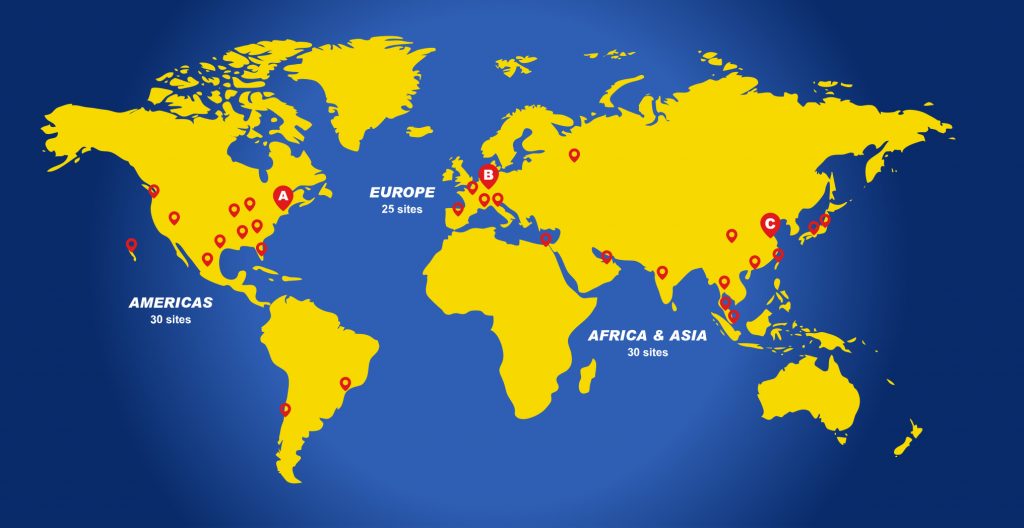
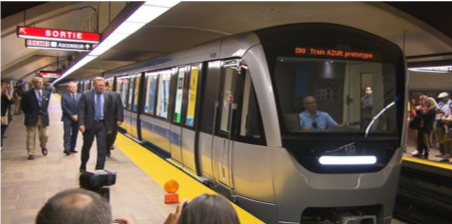
The Montreal metro is a "heavy metro" type. It is a fast, reliable and economical transport service. The Montreal Metro has recorded more than 10 billion trips since it opened in 1966. That's more than the world's population! At rush hour, 80 metro trains are in service simultaneously on 4 lines. With a capacity of approximately 1000 customers per train, it is the equivalent of more than 150 "747" type aircrafts operating in the basement of Montreal!
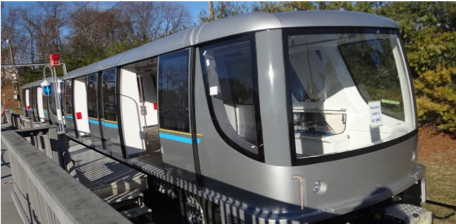
The metro at Munich Airport is an automated shuttle system INNOVIA APM 300. Chosen for its operational flexibility and high reliability, the APM system connects the airport terminals through an underground tunnel.
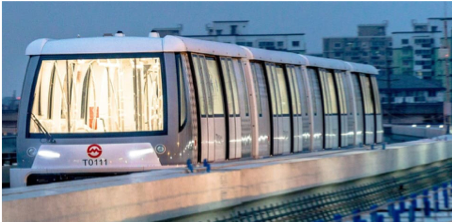
The third phase of Line 8, between Shendu Highway and Huizhen Road, mainly passes through Pujiang City in Minhang District. This monorail is the first metro line in the city to run on tires, making trips quieter and less hectic.
OUR CUSTOMERS
We work closely with our customers (builders and operators). We develop specific projects with our partners and support our clients with a strong presence of our teams in the field.
TRAINS MANUFACTURERS (OEMs)
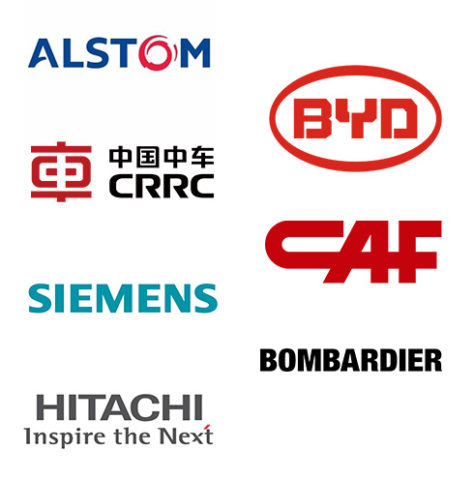
OPERATORS
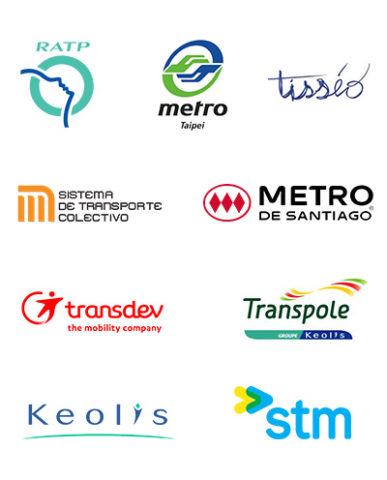
Michelin has always been present in our workplaces to answer our questions.
Carl Arseneault (Associate Director of Rolling Stock / STM)
OUR VISION
Michelin is committed to urban mobility solutions for the safety and comfort of users. We are able to market innovative solutions for the future, especially in developing countries.
This activity is an integral part of our Group's DNA and benefits from:
All the Group's research and technological innovation resources to ensure maximum safety and optimized maintenance via digitized operations and connected tires (RFID).
A very specific organization focused on the operator customer serving the users (security, level of service...) but also on the OE client (co-design, support from the first stages of the projects to the commissioning and then throughout the life of the system) to ensure responsiveness and efficiency to meet these challenges.

